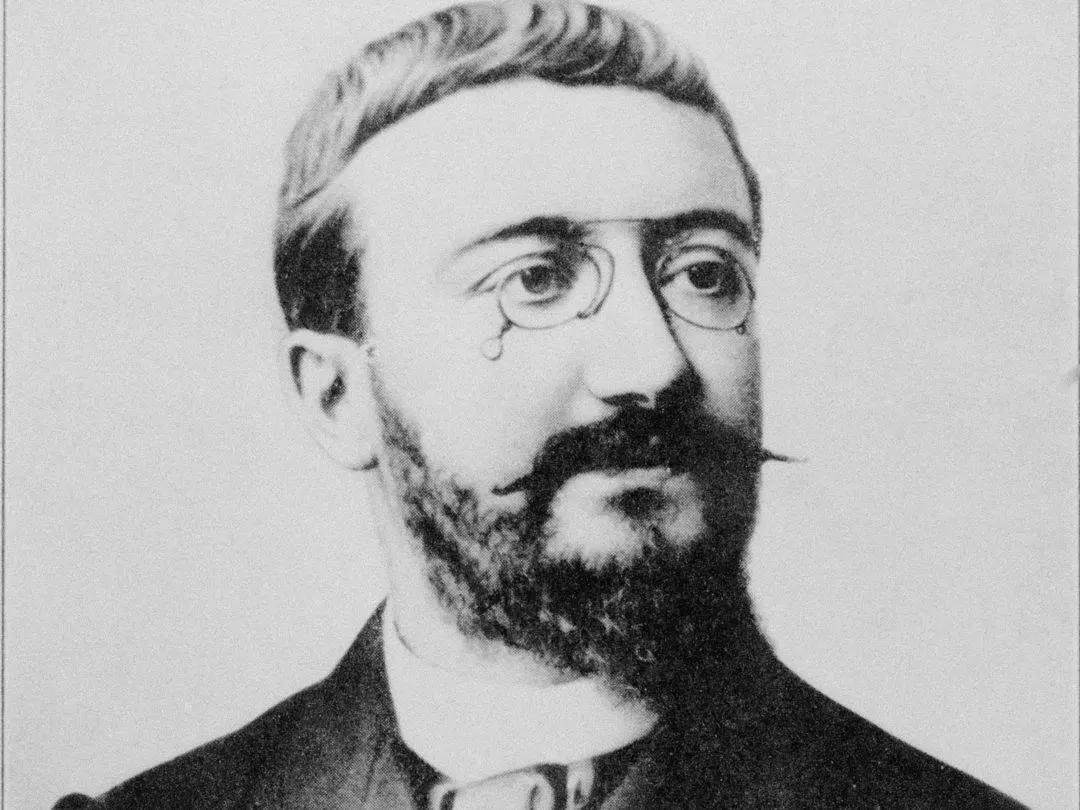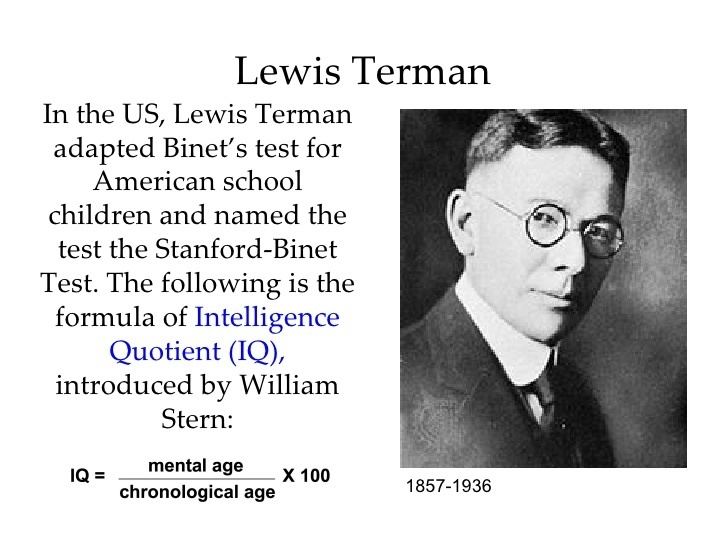Many of us have probably heard about IQ tests. You are probably one of the many who have taken these tests anonymously or officially. But what do these tests exactly mean, and where did they come from? Are there representatives of intelligence, or are there accurate intelligence?
This article is a product of exploration and research on broad scopes covered by IQ tests. These will not just answer the common question –“who invented IQ Test?” but will also provide you with relevant information about this test. You can have the confidence to read this and find the answers to all your questions.
Who Invented IQ Test Really?

Alfred Binet invented the IQ Test. Interest in intelligence dated back a thousand years. Binet was asked to identify the students in need of educational assistance that the very first IQ test was remarkably born. Alfred Binet’s IQ test is now well-known all over the world as a means to compare intelligence.
Knowing the person behind the IQ test isn’t enough. There are a lot more interesting things about Alfred Binet and his IQ test that you can discover and learn as you read on. These might include where the IQ test was first invented, the individuals who first took the test, why it became so popular, and more, so keep reading.
IQ Test – When It Was Invented and Where it Came From
The very first IQ test in the Intelligent Quotient history was originally developed in the year 1904 in the following sequence:
| Alfred Binet | 1857 to 1911 |
| Theodore Simon | 1873 to 1961 |
It was the French Ministry of Education that asked researches to design a test that can help in distinguishing normally intelligent but lazy children from developmentally disabled children. This results to Simon- Binet IQ test.
Such IQ test is composed of several components such as:
- Naming Objects
- Finding Words That Rhyme
- Logical Reasoning
The score of the said test, combined with the age of the child, plays a big part in providing information regarding the child’s intellectual development. The IQ will then be calculated as mental age/ chronological agex100. This IQ Test became a huge success in America and Europe. But it originally started in France.
The Simon-Binet scale constitutes a revolutionary approach to the mental ability assessment of an individual. However, Binet himself reiterates some cautions against misunderstanding implications or misuse of scale. Binet stated that this scale was developed with one major aim in mind, and that is to serve as a helpful guide in identifying children in schools who are in need of special attention and education. He also notes that properly speaking, the scale does not allow a measure of intelligence for the reason that intellectual qualities aren’t superposable and can’t be measured as to how the linear surfaces are measured.
Moreover, Alfred Binet revealed that intelligence couldn’t be considered a single score, so using IQ tests as an exact statement of the intellectual capability of a child can be a mistake. He also fears that the measurement of IQ will be used in condemning permanent conditions of the stupidity of children, which might seriously affect their livelihood, behavior, and education.
The First IQ Test
The first IQ test, which is called today as Binet – Simon scale, has turned out to be the basis for intelligence tests that are still in use up to these days. Nevertheless, Binet himself doesn’t believe that his IQ test, as a psychometric instrument, must be used in measuring permanent, single, and inborn intelligence levels.
More about the IQ Test History
During the mid-1900s, the French Government needed to discover which students are more likely to experience difficulty in school. The French Government had quite recently passed laws making school participation obligatory. It is for this reason that identifying children who need special assistance early on is a good idea.
Binet, with the assistance of his partner Theodore Simon, started working on an inquiry set that would let them evaluate an individual’s capacity to take care of issues, recollect realities and survey their ability to focus. This inquiries or question set shaped the foundations for permitting them to potential success in school.
They immediately came to understand those specific children have the option to respond to cutting edge questions that more seasoned kids can answer and the other way around. From these perceptions, Binet proposed the idea of mental age. This was planned to be utilized as a metric to decide on the average intelligence for every group.
Not long after, Binet started to build up the very first intelligence test, which is the so-called Binet-Simon scale today; it has become the real basis for the intelligence tests. In spite of having developed the test, Binet was not convinced that psychometric instruments could be utilized in gauging an inborn and lifelong intelligence of a person.
Binet accepted the reality that intelligence is an expansive subject and that giving a numerical worth was lacking. He also believed that various components impacted knowledge. He likewise accepted that these changed after some time and would just be practically identical to kids with comparable experiences and backgrounds.
Improvements in IQ Test
Lewis Terman, a psychologist, took the Binet – Simon scale then standardized this for the American participants. The highly adapted test, Stanford-Binet Intelligence Scale, turned out as the standard IQ test in 1916 in the US. It was from the test where Intelligence Quotient was originally coined, and this is composed of one number. Such a number was meant to represent a person’s performance from the results of the test.
More concepts about general intelligence were developed later on. This provides an assessment of an individual’s ability to perform several cognitive tasks. The modern test focuses on abilities like the ability to use language, spatial perception, memory, mathematical skill, and more. The ability of a person to remember information, solve problems, and see relationships is considered an imperative component of a person’s intelligence, and owing to this, you’ll usually see them in IQ tests.
When and How IQ Test Became Popular?
The IQ test was first introduced in 1904. But years after that, the test became popular, and even up to these days, this test is widely used.
It was in December 1908 when Henry Herbert Goddard published the “Binet and Simon Tests of Intellectual Capacity” version of this scale. Using the test had spread largely and rapidly, mainly because of Goddard’s very eager promotion. He even quickly convinced many physicians in America to use the test. In the year 1911, Henry Herbert Goddard introduced the IQ test in many different public schools, and by 1913, he tested immigrants at the Ellis land. A year after that, Henry Herbert Goddard became the very first psychologist to successfully introduce pieces of evidence from Alfred Binet’s test in a court of law.
The test also gained increased popularity in America and became famous among the early psychologists as well. Though Lewis Terman supplanted Henry Herbert Goddard later on as an authoritative voice in intelligence testing, it was still Goddard who created and established the industry of IQ testing. He is, therefore, responsible for making psychological science in America and giving psychology experts and practitioners major tools for assessment.
Aside from this IQ test by Binet, there are other IQ tests in existence, and contents differ considerably. Some tests and commonly used in adults; however, some tests are particularly made for children. Other popular IQ tests are:
- Kaufman Assessment Battery for Children
- Cognitive Assessment
- Wechsler Adult Intelligence Scale
- Wechsler Intelligence Scale for Children
- Woodcock-Johnson Tests of Cognitive Abilities
- Universal Nonverbal Intelligence Test
IQ tests are used for a wide array of purposes such as:
- Cognitive abilities assessment including attention, speed, and memory
- Job applicant evaluation
- Cognitive research
- Assessment as well as diagnosis of intellectual disability
- Educational assessment and placement
Since then and now, the IQ test does not just gain popularity but also yielded a great deal of impact and power to society. This test has played a crucial role in measuring skills, abilities, and levels of intelligence in people, which is an advantage, especially those who are aiming for progress and a good life.
How First IQ Tests Looked Like?
An IQ test measures one’s problem solving and reasoning abilities. IQ is the measure of how well a person does in a test as compared to others of their age. If you take time to observe, the first IQ test is composed of various components like naming objects, logical reasoning, as well as finding words that rhyme. This is more of a practical test. Scoring the IQ test is done based on mental and chronological age-related norms and scales.
Now that you have learned about IQ tests, who created it, and how it became popular, you can now realize its relevance and significance when it comes to assessing one’s intellect and ability. But although IQ tests can reveal important information regarding a person’s abilities at particular domains, it’s also essential to consider other factors like emotional intelligence, task performance, and adaptive skills in assessing a person’s capabilities.
Sources:
https://interestingengineering.com/the-origins-and-history-of-iq-tests
https://www.verywellmind.com/history-of-intelligence-testing-2795581
https://interestingengineering.com/the-origins-and-history-of-iq-tests
https://www.apa.org/monitor/2009/01/assessment
Thanks for reading! You may also like this article: Are IQ Tests Accurate?
Check out this video I found about The dark history if IQ Tests by TED-Ed:

